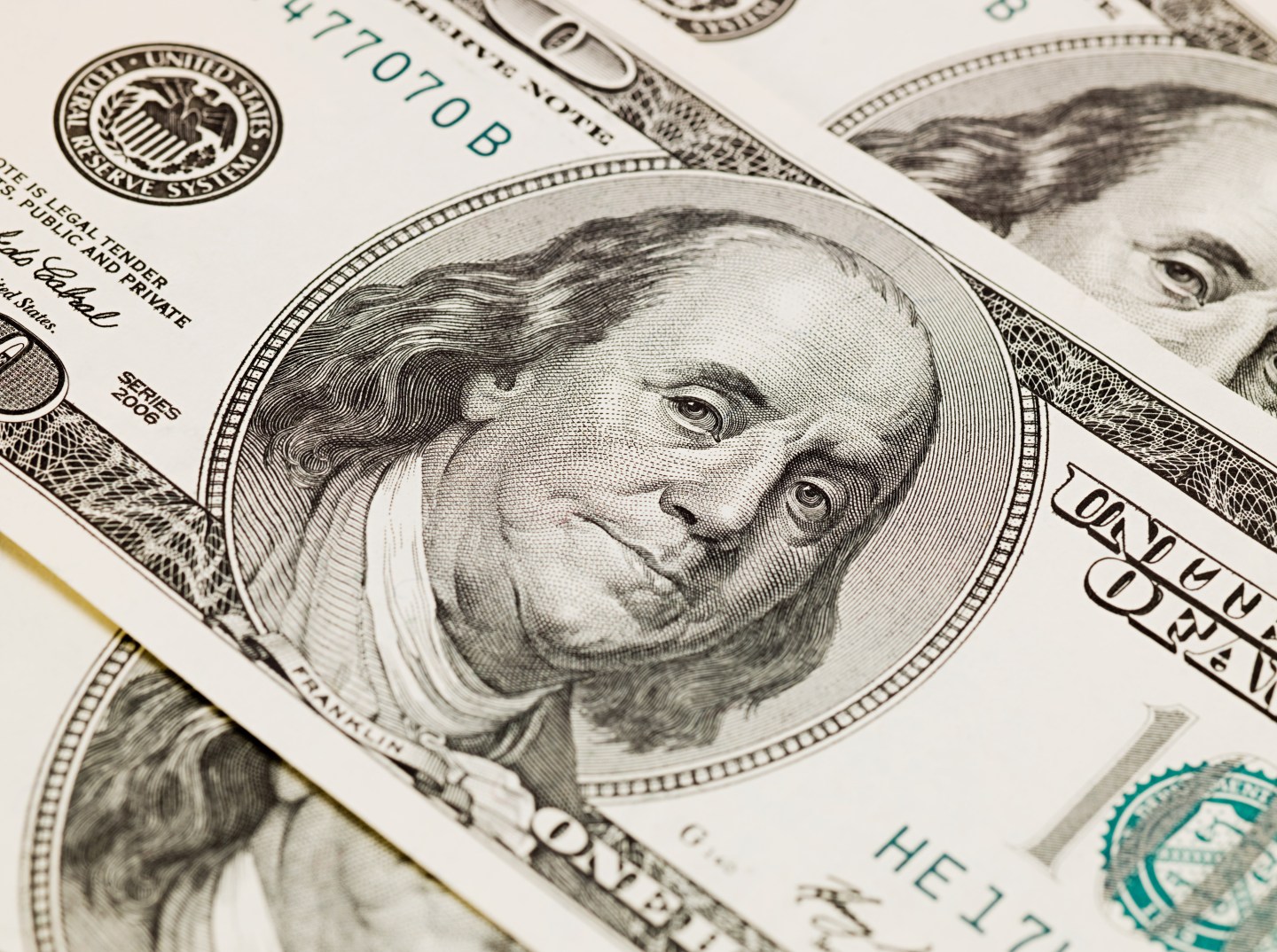A growing chorus of economists and bankers want to ditch the $100 bill, but the U.S. Government says don’t hold your breath.
That’s according to a recent article in the Wall Street Journal, which reported that the Treasury Department has no plans to eliminate the c-note, despite arguments that the bill is little used outside criminal circles.
According to the report, officials from Treasury, the Federal Reserve, and the Drug Enforcement Administration have all argued that the dollar’s role as the international reserve currency prevents the U.S. Government from eliminating the $100 bill. “There are 11.1 billion $100 bills in circulation, and about 75% of them are held in other countries, in part because the U.S. Dollar is the dominant international reserve currency,” the report reads. “Retiring it would have a ripple effect beyond the borders of the U.S.”
The article doesn’t actually explain what those ripple effects would be, however, nor does it explain why the dollar’s role as a reserve currency demands that the U.S. Provide physical $100 bills when legitimate transactions here and abroad are increasingly being done electronically.
A more compelling argument offered by the government is the fact that the U.S. Government earns a profit from printing of high-denomination bills. The government earns the difference between the cost of printing bills and their face value, and this revenue is higher for the $100 than for the next largest bill, the $50.
But as Peter Sands—a former Standard Chartered bank executive and a senior fellow at Harvard’s Kennedy School of Business—argued in a recent working paper, the revenue the Treasury earns from seigniorage is not very great, estimating that it would cost just $6 billion per year. That amount is more than dwarfed by what the government spends fighting the terrorists and organized criminals who are the chief users of large denomination notes, Sands writes.
